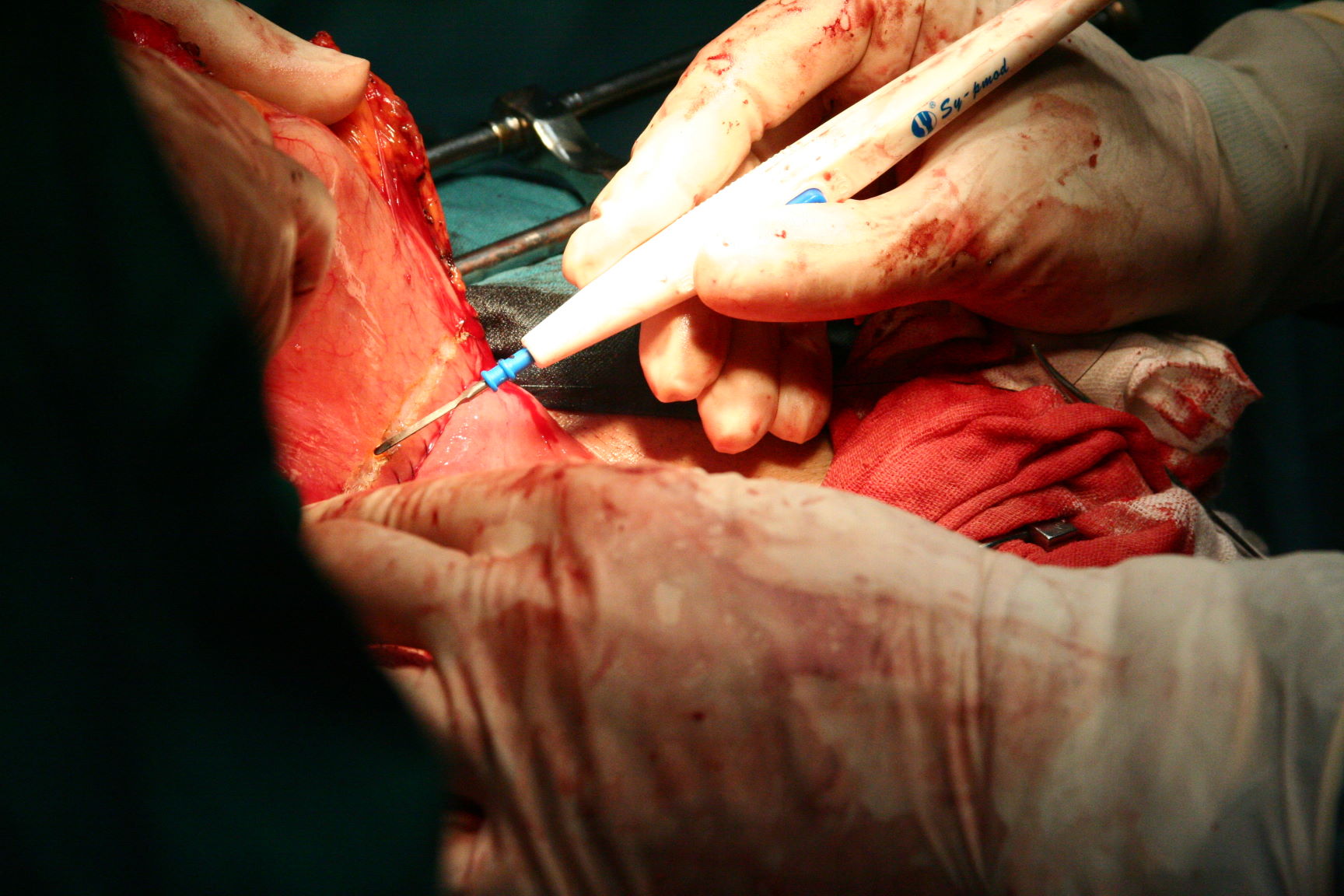Understanding the Difference Between Electrosurgery and Electrocautery
In the medical field, there is often confusion between the terms "electrosurgical generators" and "electrocautery." It's important to recognize the distinctions between these technologies to ensure accurate communication and understanding among medical professionals.
Electrocautery: An Overview
- Historical Use: Electrocautery, an old technology dating back to the 18th century, involves the application of DC (direct) current through a metal element to create cutting and coagulation by burning and destroying tissue through heat transfer.
- Basis of Effect: The primary mechanism of electrocautery is the heating of the pen head, which then transfers heat to the tissue, leading to tissue destruction.
Electrosurgery: A Modern Advancement
- Origins: The theory of using high frequency in electrocautery was proposed by William T Bovie around 1920, ultimately leading to the development of electrosurgery devices.
- Technology: Electrosurgery devices apply high-frequency AC (alternating) current directly to the tissue, resulting in high frequency thermal effects for tissue cutting and coagulation.
- Enhanced Capabilities: Electrosurgery offers several advantages over electrocautery, including easier tissue cutting without tissue sticking to the electrode and the ability to modulate the current waveform for a selectable spectrum between cutting and coagulation.
Advantages of Electrosurgery Over Electrocautery
- Efficiency: Electrosurgery offers enhanced capabilities and efficiency compared to electrocautery.
- Tissue Management: It enables easy tissue cutting without tissue adherence to the electrode, improving surgical precision.
- Modulation: Surgeons can adjust the waveform of the current applied to the tissue, allowing for a selectable spectrum between cutting and coagulation.
|
Aspect |
Electrosurgery |
Electrocautery |
|
Current Type |
High frequency alternating current (AC) is used |
Direct current (DC) is used |
|
Path of Current |
The current passes through the tissue |
Current flows through the hot wire |
|
Components |
Includes active electrode, return electrode, and high frequency generator |
Includes hot wire electrode and DC power supply |
|
Coagulation Intensity Control |
Controlled by power and waveform control |
Controlled by controlling the flow and temperature of the hot wire |
|
Design and Applications |
Sophisticated design, many functions and applications |
Simple design and limited application |









